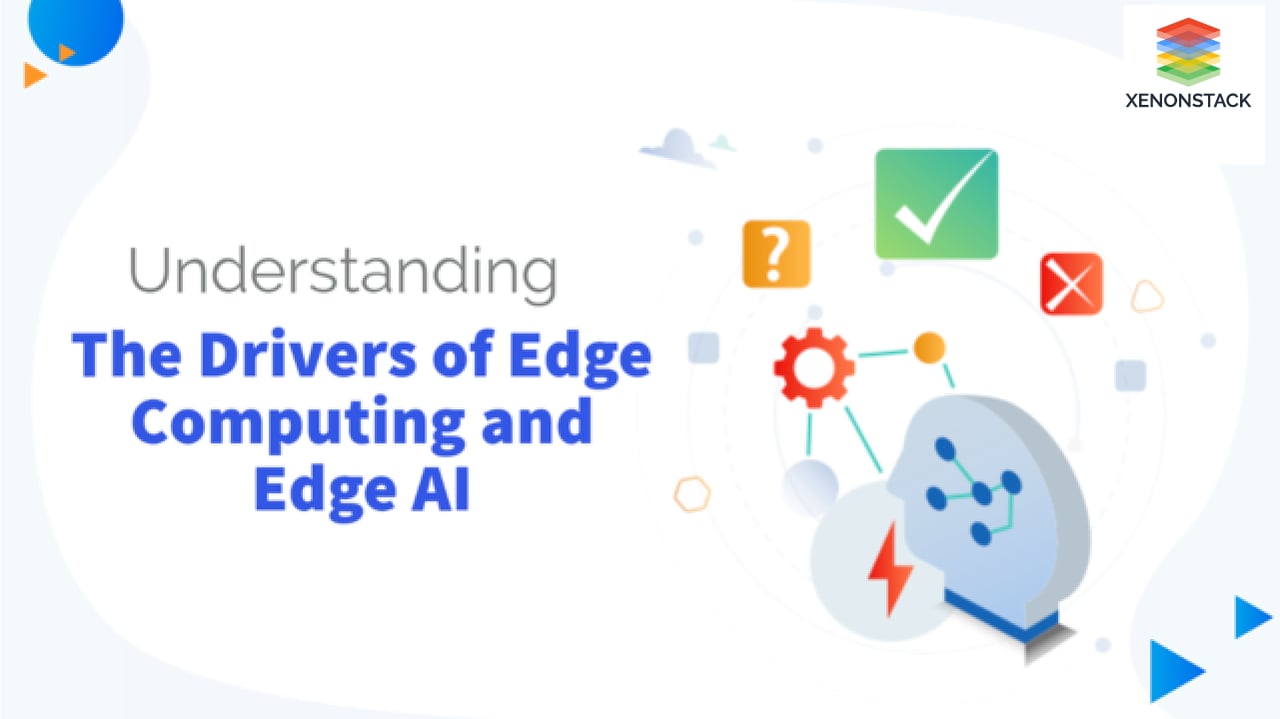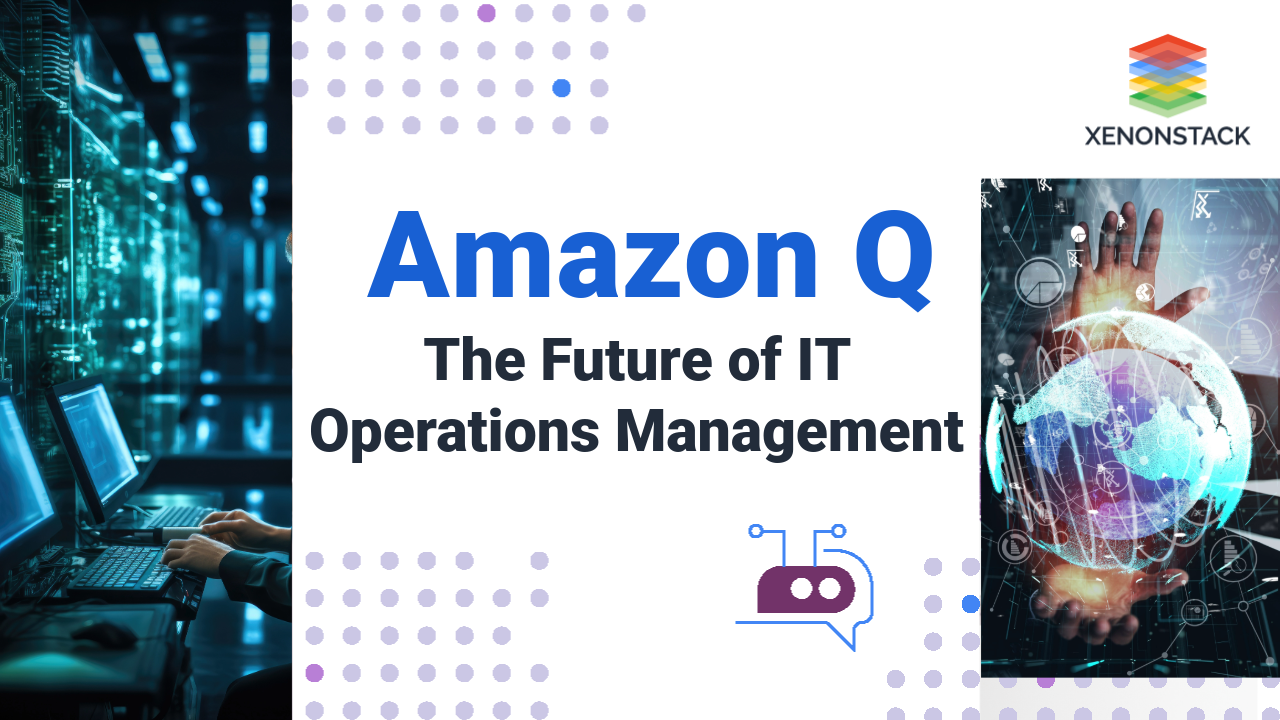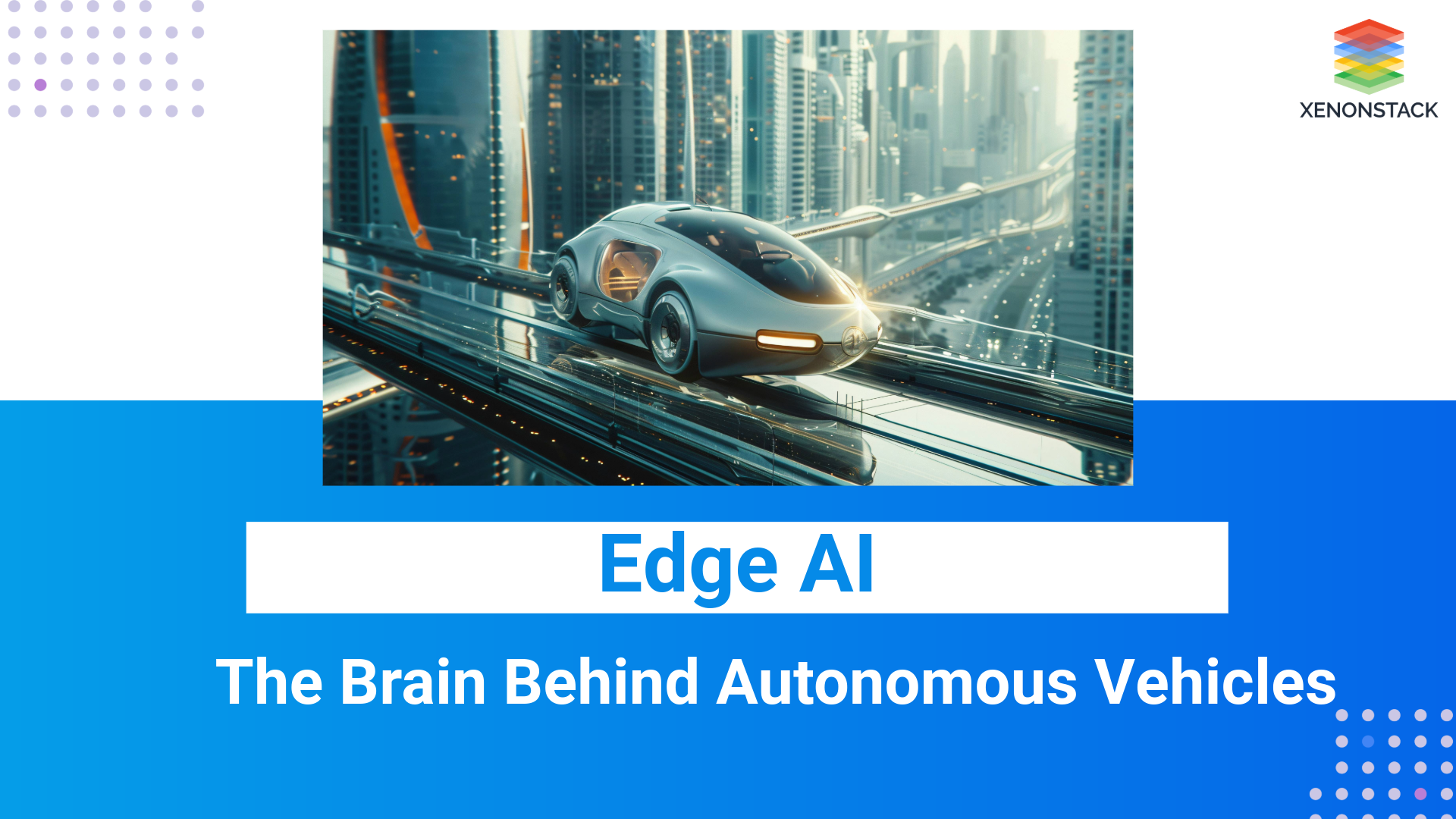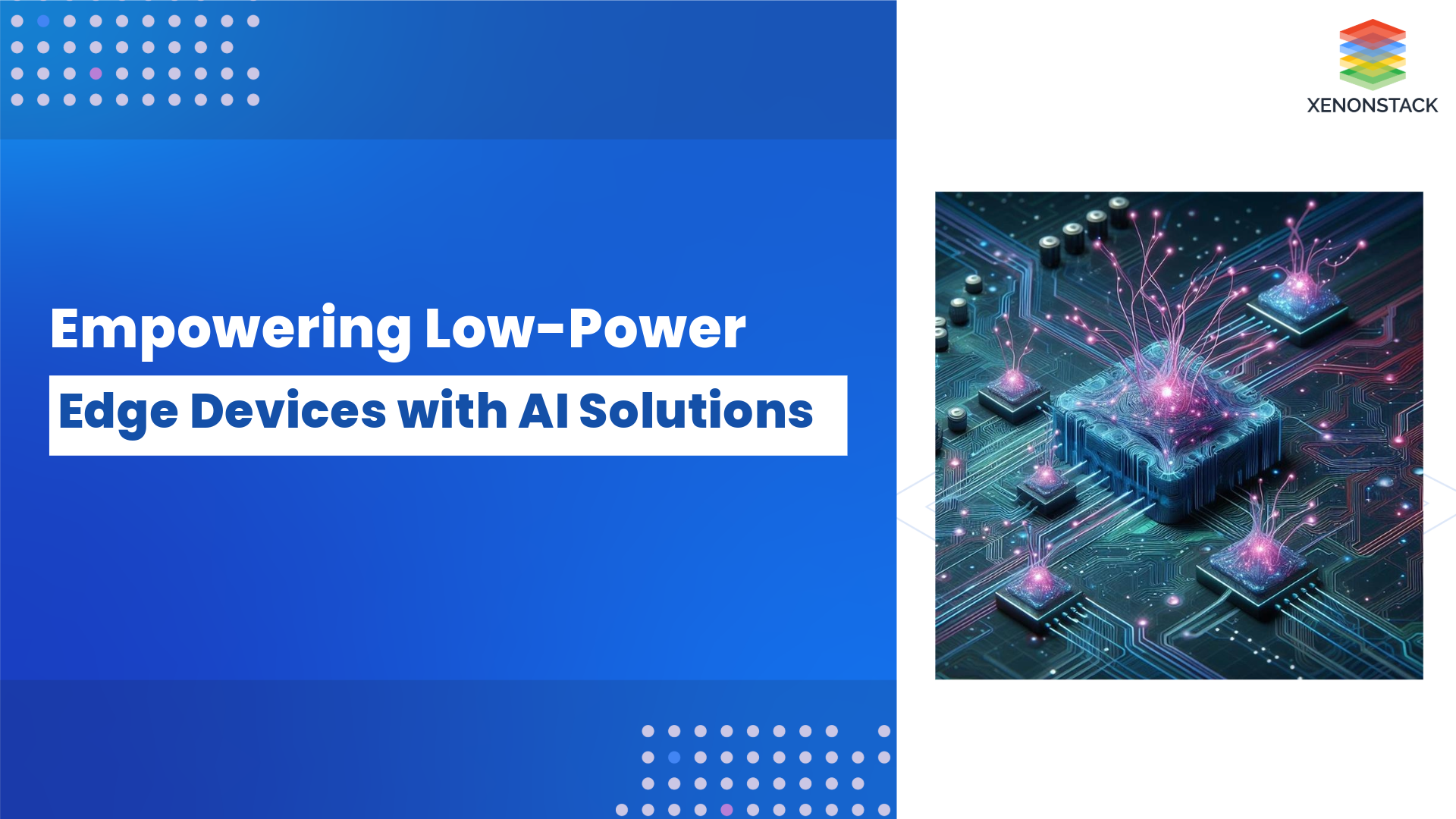
Introduction to Drivers of Edge Computing
Edge computing is transforming how data from millions of sensors worldwide are treated, stored, and distributed. It has grown into a way of life for IoT (Internet of Things). It brings the collection and storing of data closer to the data generation source. It has become the modern standard to shift the data processing closer to the location where it is obtained. This method decreases the IoT network's latency and drives real-time operation, the IoT's cornerstone.
A distributed computing system where the data is processed on-site (where it is generated) using Edge devices. Taken From Article, Edge Computing Tools
The development and acceptance of edge systems are motivated by many factors. Here we look at some of the crucial accelerators in its growth. Here are the following Drivers.
- Data and Bandwidth: One of Edge computing's motivating drivers' prolific production is the desire to transfer data closer to the Edge. The data set has only local importance, or a subset has value in an aggregate, a vast amount of data generated and retrieved.
- Local Interactivity: Particularly for highly competitive systems, there is a high degree of collaboration or chattiness. Such benefits include unparalleled local interactivity, reduced impact from service interruptions, improved privacy and security, and reduced latency.
- Limited Autonomy: Continue to run during network outages or restricted access times.
- Privacy and Security: Comply with regulatory and industry security standards that regulate how data is handled and processed and where it is stored.
- Latency: Through processing data as similar to its point of origin, reducing latency, minimizing the shortcomings of core contact (more real-time).
Edge Computing vs. Cloud Computing
In a cloud-based data center, AI processing is achieved with deep learning models that require immense computational power. And latency is one of the most common problems experienced in a cloud environment or cloud-backed IoT devices. Besides, there is always a chance of data theft or leakage during data transmission to the cloud. Before sending it off to a distant location for further analysis, data is curated with Edge. Besides, Edge AI will allow smart IoT management.
In edge-based architecture, inference occurs locally on a computer. With the reaction time for IoT devices reduced to a minimum, this reduces the volume of network traffic streaming back to the server, allowing management choices to be available on-site, next to the devices that provide various benefits.
Edge AI has the potential to revolutionize how AI technology is developed and used worldwide. Click to explore about our, Edge AI Application and its Working Architecture
What is Edge AI and it's Drivers?
It refers to AI algorithms on a hardware computer that is processed locally. It is also known as on-Device AI. This helps the computer process data in less than a couple of milliseconds and brings you real-time information. One can get personalization features from the app on the mobile using Edge Artificial Intelligence.
Here are the drivers for Edge AI.
- Privacy, especially for consumer devices like cell phones, smart speakers, home surveillance cameras, and consumer robots, is one of the key drivers for bringing AI to the Edge.
- In drones, robotics, and autonomous vehicles, network latency influences independent mobility by processing data similar to its point of origin, reducing latency and minimizing core contact shortcomings (more real-time).
- Higher quality operations will require a greater level of bandwidth. Vision-based technologies such as mixed reality (MR), Virtual Reality (VR), and Augmented Reality (AR) are also impacted by bandwidth.
- Security is an essential concern for AI applications, such as security cameras, autonomous vehicles, and drones. While hardened silicon and protected hardware packaging are necessary to avoid tampering or physical assaults, making the edge system store and process the data locally improves redundancy and decreases the number of protection vulnerabilities in general.
- The cost of performing AI processing in the cloud versus at the Edge must consider hardware for AI computers, latency costs, and AI cloud/server processing costs.
- The ability to run large-scale DNN models on the edge computer results from hardware changes and software improvements, and techniques that can compact models to fit into small hardware form factors with limited capacity for power and output.
Conclusion
In a cloud-based data center, AI processing is achieved with deep learning models that require immense computational power. And latency is one of the most common problems found in a cloud system or cloud-backed IoT devices. Besides, there is often a chance of data manipulation or leakage during data delivery to the cloud. Before shipping it off to a distant location for further study, data is curated with Edge. Besides, Edge AI will allow smart IoT management.
In edge-based nature, inference occurs locally on a computer. With the reaction time for IoT devices reduced to a minimum, this reduces the volume of network traffic streaming back to the server, allowing management choices to be available on-site, next to the devices that provide various benefits.
- Explore Edge Analytics Benefits and its Use Cases
- Read more about Edge Computing Data Analytics


